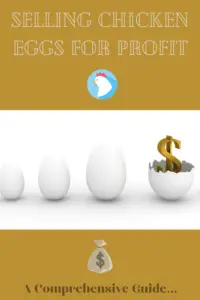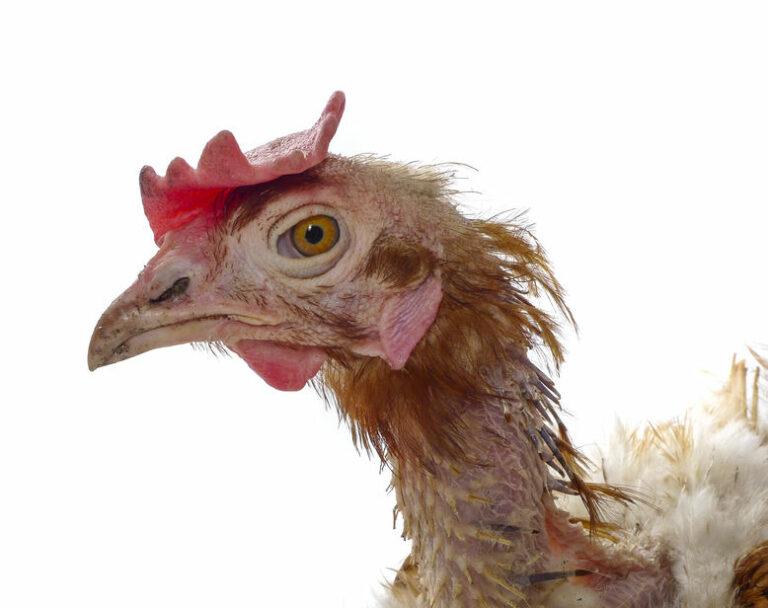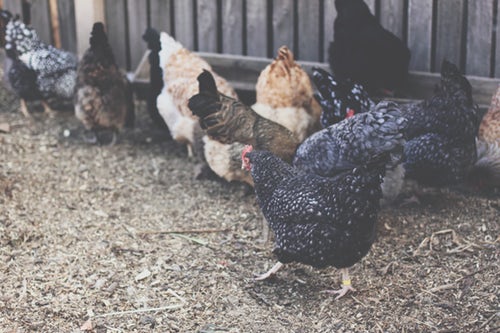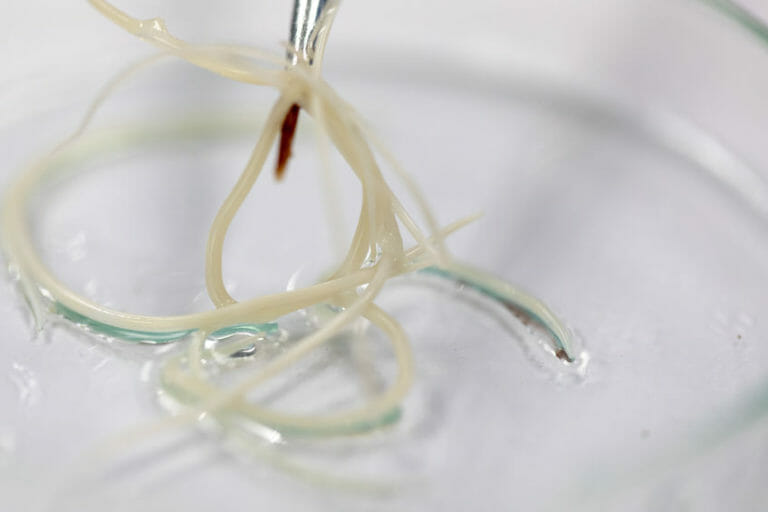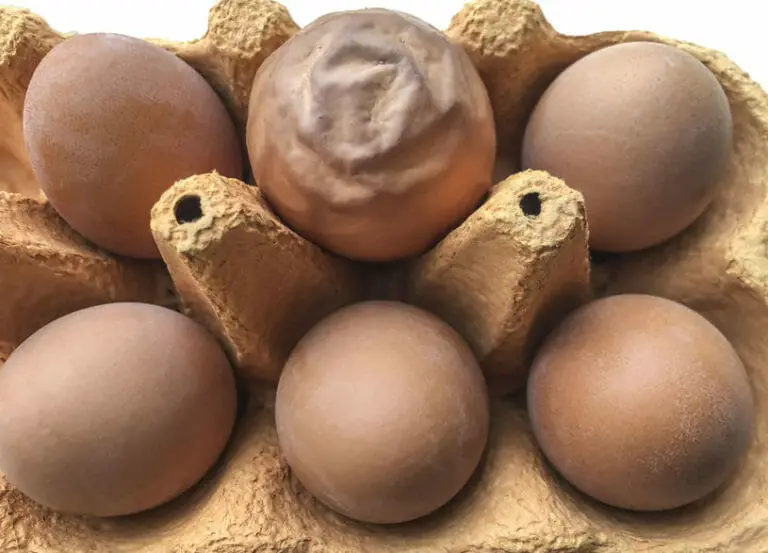Selling Eggs For Profit – A Comprehensive Look
Did you know your hens are literally laying dollar bills? No kidding!
If you have egg layers, you’ve got a potential passive income right there outside your backdoor. Most of us have more eggs than we can possibly eat, so we end up giving them away to friends, family, or neighbors. You are giving away money that could be used to pay for your flock’s food or upkeep.
Selling eggs for profit IS possible. So, let’s take a peek into just how profitable it could be. We’ll also give you some tips for selling eggs.

Understanding the Egg
There’s more than meets the eye when it comes to laying an egg, way more complex than one would think!
The Journey of an Egg
A hen is fully capable of producing eggs without mating with a rooster. Hens begin laying eggs around 5-6 months in most breeds. When a hen is born, they have two ovaries, but only one will function.
It takes up to 24 hours for a hen to produce and lay an egg.
- The hen’s ovary develops a yolk.
- The yolk is released and enters the infundibulum.
- Passing on to the magnum, the yolk undergoes the addition of albumen.
- Going further to the isthmus, the yolk/albumen develops the membranes of the shell.
- It goes to the shell gland, where it completes the shell. It’s here where the shell gets its pigment.
- When the hen is ready to lay the egg, it travels down the oviduct and is expelled through the cloaca.
- The cloaca is also where a chicken excretes everything else. The fascinating thing is as an egg exits through this opening, tissue extends out and over the egg to protect it from fecal material. This tissue is what’s known as the “bloom.” The bloom protects the porous shell from being contaminated as the egg exits the hen. The bloom is washed away when the eggs are cleaned.
- Once the egg is laid, the hen starts the whole process of developing another egg just 30 minutes after laying.
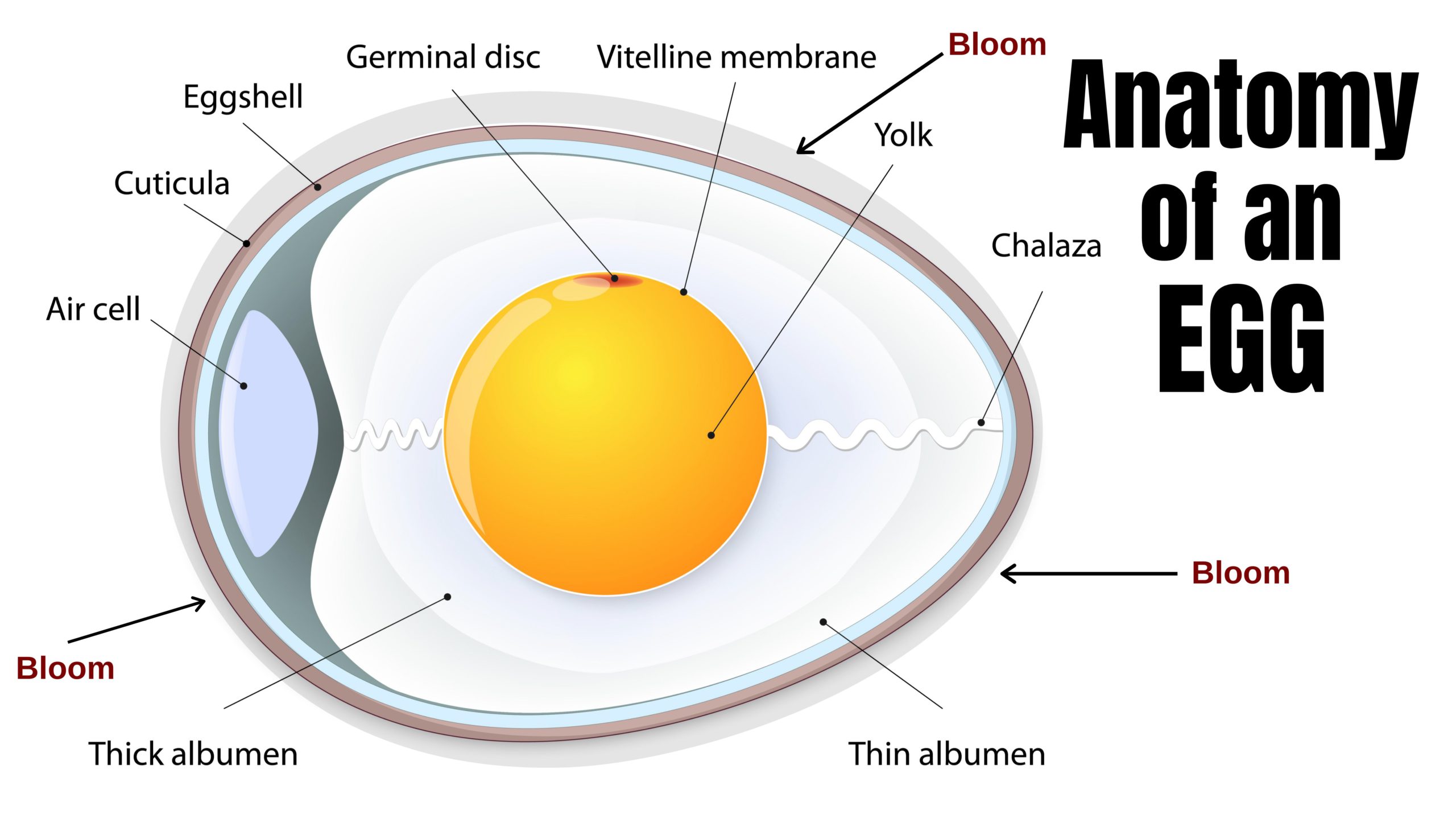
Anatomy of an Egg
-
Yolk
- This is not a chick but is what nourishes an embryo as it grows.
-
Albumen
- This is the egg whites we know and eat.
- Connects the yolk to the shell.
-
Chalazae
- This is not an umbilical cord, as many think.
- It keeps the yolk suspended in the shell.
-
Shell
-
Inner layer
- Connects to the albumen
-
Second layer
- Porous to allow moisture and carbon dioxide buildup inside the egg to exit.
-
Cuticle layer (bloom)
- An outer layer of tissue that protects the egg from contamination as it exits the hen’s body. It is washed away when the eggs are cleaned.
-
Chicken Breed
Having prolific layer breeds is one of the most important things to consider if you are going to sell eggs. The number of eggs a breed lays along with the color of eggs is important when selling eggs. Pastel-colored eggs are very trendy, whereas some people prefer traditional brown eggs.
We write more about top laying chicken breeds here.

Insights of the Commercial Egg Industry
It helps to gain some insight into what the commercial egg industry profits are. It may surprise you to find out how much you are overpaying at the grocery store!
Interesting Egg Statistics
- 60.1% of eggs are sold in retail
- 30.1% of eggs go on to further processing (to be used in processed foods, etc.)
- 2.8% of eggs are exported
- The average person consumes 287 eggs per year.
Grading
Commercial eggs are graded and sold appropriately.
Grade AA
- Freshest
- Sold in grocery stores
- Egg whites are thick and firm.
- Yolks are high-rounded and free from defects.
- Shells are clean and unbroken.
Grade A
- Sold in grocery stores
- Egg whites are firm.
- Yolks are high-rounded, free from defects.
- Shells are clean and unbroken.
Grade B
- Typically sold to the food industry.
- Frozen egg products
- Liquid egg products
- Egg whites are thinner.
- Yolks are flatter
- Shells are unbroken but have staining.
Prices
The current industry prices are per region and based on “cents” per dozen. The price includes packaging. So, how much do egg farmers make a year?
The median price for one dozen eggs in the U.S. is .61 per dozen, which yields about $67,950 per year.
- Southeast – .60/dozen
- Northeast – .60/dozen
- Midwest – .58/dozen
- South Central – .59/dozen
- Northwest – .66/dozen
- California – .87/dozen
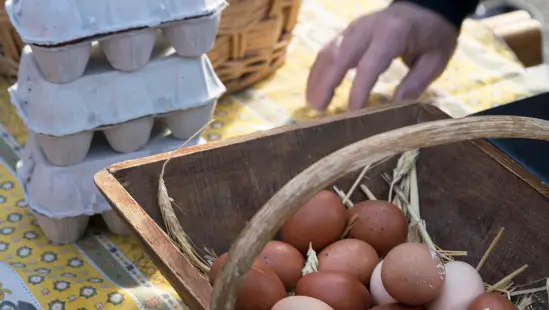
Where to Start
Now we come to the stuff you’ve been anxiously waiting for! After reading all of the above, you should now have a good understanding of eggs. Let’s see what it’s going to take to get you started!
Local Laws
Play it safe by contacting your local agricultural extension office to find out what the local laws are for your area when it comes to selling eggs. Many states have guidelines in place to protect you and those you sell your eggs to. Some states require a license or permit to sell eggs.
A few items that fall under local regulations include:
- Cleaning
- Grading
- Labeling and Packaging
- Transportation
- Storage
Target Market
Deciding on who you plan to sell eggs to is crucial to being successful. Depending on how large your operation, you may find that a large-scale or small-scale market works best for you. Some opt to set up a small stand out in front of their home. Little stands like these operate on the honor system.
However, if you don’t get much traffic on your road, a stand may not be the best option. In a case like this, you might consider setting up at a local farmer’s market or informally advertise on social media. Facebook Marketplace is a great place to advertise your eggs!
Your Operating Costs
You’ll want to figure out what your operating costs are before pricing your eggs. Otherwise, you will lose money!
- Cost of packaging 1 dozen eggs
- Cost of gas to deliver 1 dozen eggs within a specific radius
- Cost of chicken feed (break it down for one hen)
Packaging
Remember that packaging is super important to protect the eggs but also, to reflect your business. Shoddy egg cartons don’t give a positive impression. Egg cartons come in all kinds of materials, shapes, and capacity. You can get as creative as you want.
Delivery
If you decide to offer delivery to your customers, be sure to include the cost of gas into your operating costs. Climate and placement of the egg delivery are crucial to prevent spoilage. You certainly don’t want to leave eggs on a front porch in the dead heat of summer. If possible, delivery should be done where you hand the eggs to your customer.
Chicken Feed
You’ll need to pull out the old math skills for this part. Break down what it costs you per chicken to feed them and then add a few cents onto the price of your eggs. This will be an approximation, not an exact figure. To learn more about different feed types, read our article here.
Cleaning
Clean eggs under running water (cool.) Be sure to use a scrubber to gently remove the bloom, fecal matter, etc. Dip the egg in a diluted bleach solution to quickly rinse and place it on a rack to dry. If eggs are stained, you can dip them in warm vinegar.
Candling
If you have hens only, candling isn’t necessary. However, if you have a rooster, there is a chance that he and your hen(s) mated. The last thing you want is to sell someone an egg that has a developing embryo. Candling allows you to see through the eggshell for evidence of an embryo. If you don’t already have a candling light, it’s good to have one.
Candling is done in a dark room by placing the egg over the light. You’ll look for any signs of veins. An infertile egg will show nothing more than a yolk. A non-viable (dead) egg will show a dark ring inside of it. Discard the dead eggs because they will begin to rot and explode, causing a really nasty odor your nostrils won’t forget!
Storing
Place eggs in a refrigerator where they will keep for up to 15 weeks. Never store at room temperature. A mini-fridge or large cooler can work nicely in a roadside egg stand.
Getting Creative
Getting creative in packaging your eggs for customers is a really fun project to get the kids involved in. People absolutely love crafty things kids make because it warms the heart. Who knows, that person you sell a dozen eggs to might be having a bad day, and a little note, picture, or a small flower attached could cheer them up. You can take things a step further in stamping each of your eggs with an egg stamper.
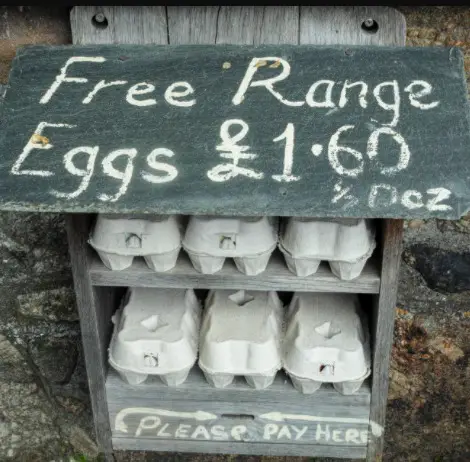
Where You’ll Sell
Although there are a few different options, the following seem to be the most effective ways to sell your eggs.
“Honor System” Stand
Countrysides dotted with roadside stands are part of the charm of being outside the city. Piemakers, bakers, crafters, and farmers set up little stands that operate on the “honor system.” You can easily create something eye-catching for your egg sales. Be sure to keep your eggs in a cooler so they don’t spoil, though.
Delivery
Just like the milkman from times gone by, you can deliver eggs to your customer’s homes for an additional fee. Sign them up for a subscription service to receive eggs on a regular basis and invoice them at the end of each month.
An example of a roadside stand can be found in this video. It gives a great overview of what a roadside stand looks like in action!
A Little “Eggs-tra” Information You’ll Need
Coming up with cute and fun marketing ideas to sell your eggs is yet another family project that gets everyone pumped and going. Don’t forget to add in the extra cost of these marketing campaigns to the cost of your eggs.
Golden Egg
Once a month, place a golden (plastic) egg in with 1 dozen eggs. Inside the egg, put a note that they have won a free dozen eggs!
Earth Day
Include a small packet of seeds with each dozen eggs with instructions on how to plant the seeds in the shells to germinate.
Easter
Offer customers pre-dyed Easter eggs and place them in a cute wicker basket with homemade shredded paper or straw. Include an egg-safety tip card.
Christmas
The holidays are a time to bake cookies and sweets. Why not include a little cookie cutter for each dozen eggs purchased and attach a cookie recipe. Tie both the carton of eggs with ribbon.
Thanksgiving
Attach a few sticks of cinnamon and a pie recipe or a note to say, “Happy Thanksgiving.”
Fun Egg Trivia and Facts to Leave You With
- Why are eggs sold as a dozen?
During the first century, England sold 12 eggs for one shilling. Back then, 12 shillings equaled twelve cents. This practice continued within the colonies here in America and has been used ever since. However, we don’t use shillings anymore.
- One egg has nearly 17,000 itty bitty pores in the shell. Carbon dioxide is released through these pores as a chick grows inside the egg.
We hope you have learned a little bit about selling eggs. If you do things the right way, you can make some money selling eggs and having fun while you do it. Best of luck in your egg endeavors!
Happy “chickening!”


